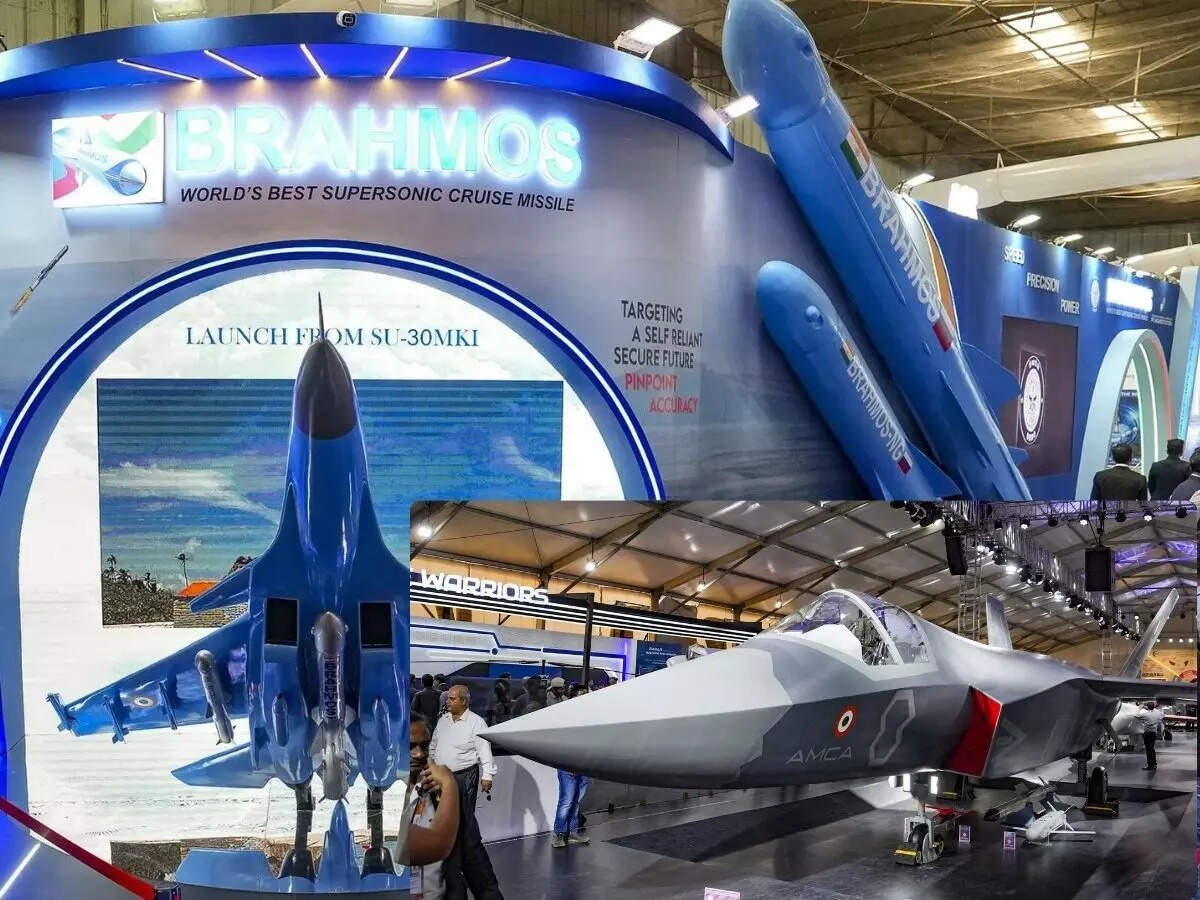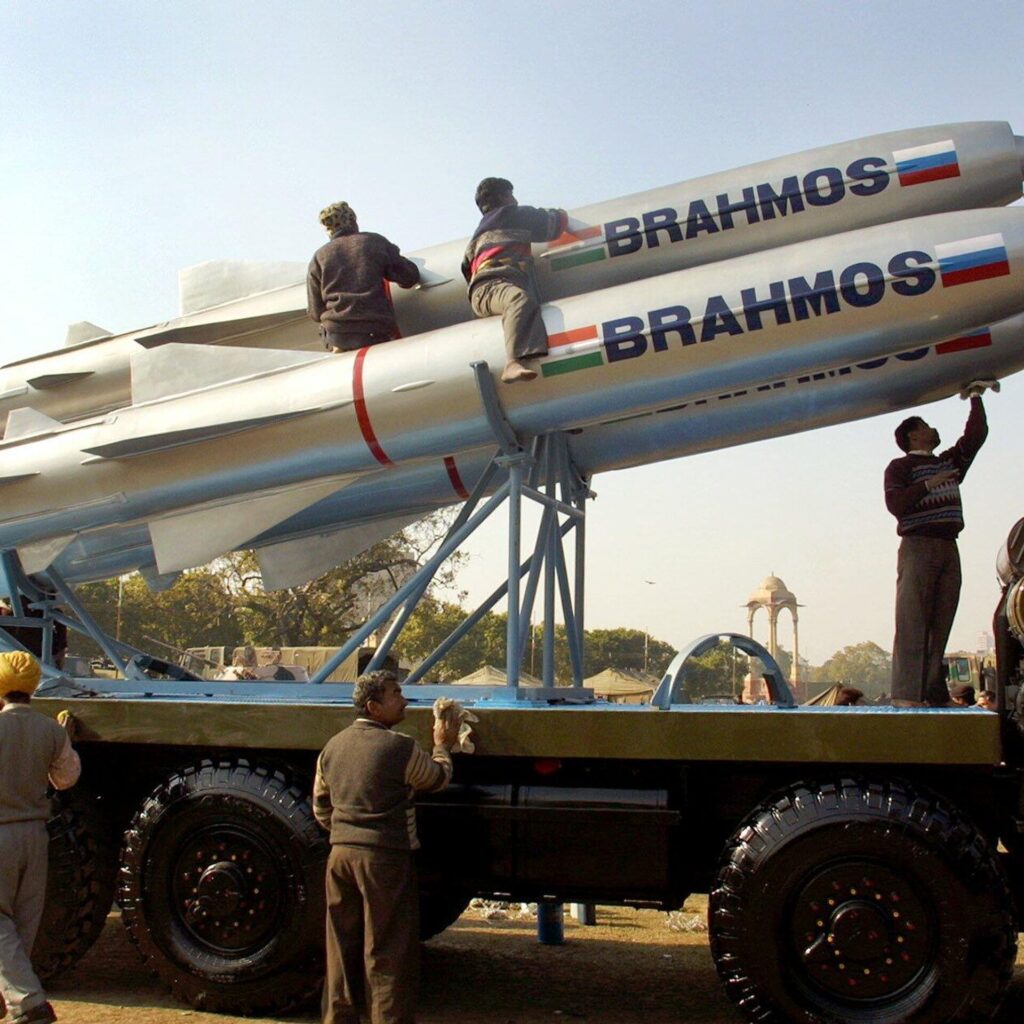India is preparing to add a new thunderbolt to its aerial arsenal — the BrahMos-ER, an extended-range air-launched cruise missile capable of striking targets up to 800 km away. Developed jointly by the Defence Research and Development Organisation (DRDO) and the Indian Air Force (IAF), this new version is lighter, faster, and far more versatile — marking one of the most significant upgrades to India’s air combat doctrine in recent years.
What Makes This BrahMos Different?
Unlike earlier BrahMos missiles, the BrahMos-ER is designed without a booster, and weighs around 2.3 tons — making it fully compatible with frontline fighters like:
◆Su-30MKI (first integration platform),
◆Rafale, and
◆Future Tejas Mk2 squadrons.
This reduced weight allows strike aircraft to carry and launch the weapon from stand-off distances — attacking high-value enemy targets without entering hostile air-defense zones.
◆Deep Strike Without Crossing the Border
◆The extended range of 800 km means:
◆IAF fighters can hit strategic targets deep inside adversary territory
◆while remaining completely safe behind friendly airspace.
This shift expands India’s strike footprint across the Indo-Pacific and Himalayan theatres, strengthening deterrence and raising the cost of aggression for any hostile power.
●Stealth + Speed = Nightmare for Air Defenses

The BrahMos-ER gains major upgrades:
●Radar-absorbing outer skin to reduce visibility on enemy radars
●Advanced ramjet propulsion for sustained supersonic speeds
●AI-enabled terminal manoeuvres to dodge interception in the final seconds.
This combination makes the missile extremely difficult to detect, track, or shoot down.
◆A Force Multiplier for India’s Air Power
◆For the Indian Air Force, this missile means:
◆More flexible mission planning
◆Greater reach from island bases like Car Nicobar and Andaman
◆Stronger deterrence posture against both land and maritime threats.
In simple terms — the BrahMos-ER turns every IAF strike fighter into a strategic bomber.
The Road Ahead
The missile has already undergone successful 800 km range trials over the Bay of Bengal. The next steps include:
◆Flight integration on Su-30MKI squadrons
◆Operational certification
◆Doctrinal deployment for live combat readiness.
Once inducted, it will become India’s longest-range air-launched precision strike weapon.


